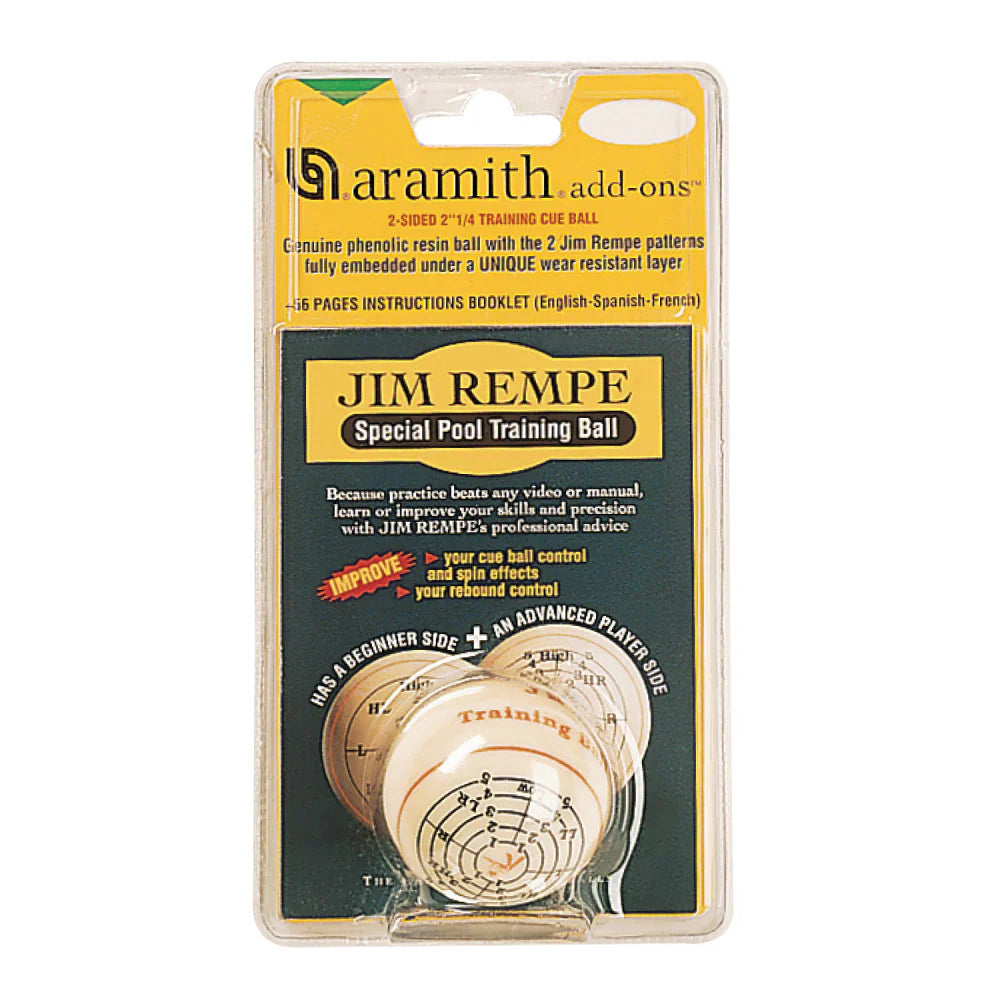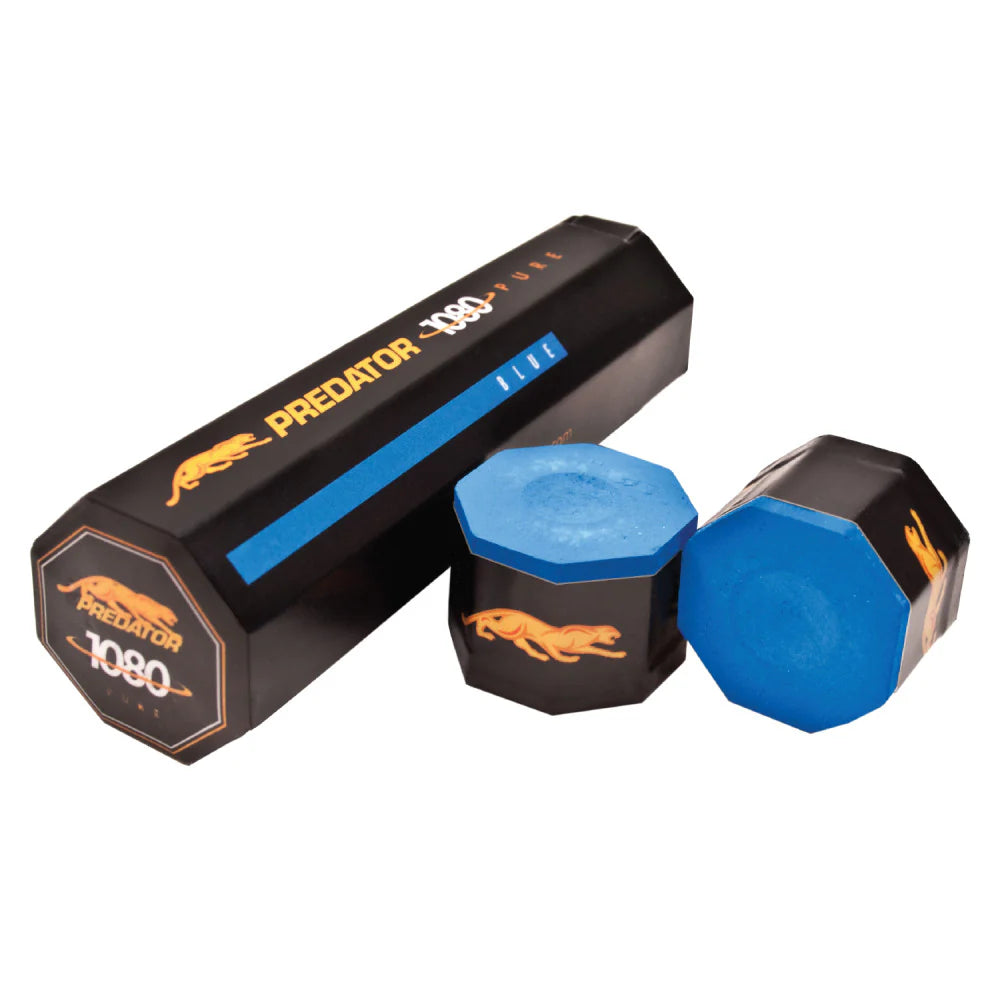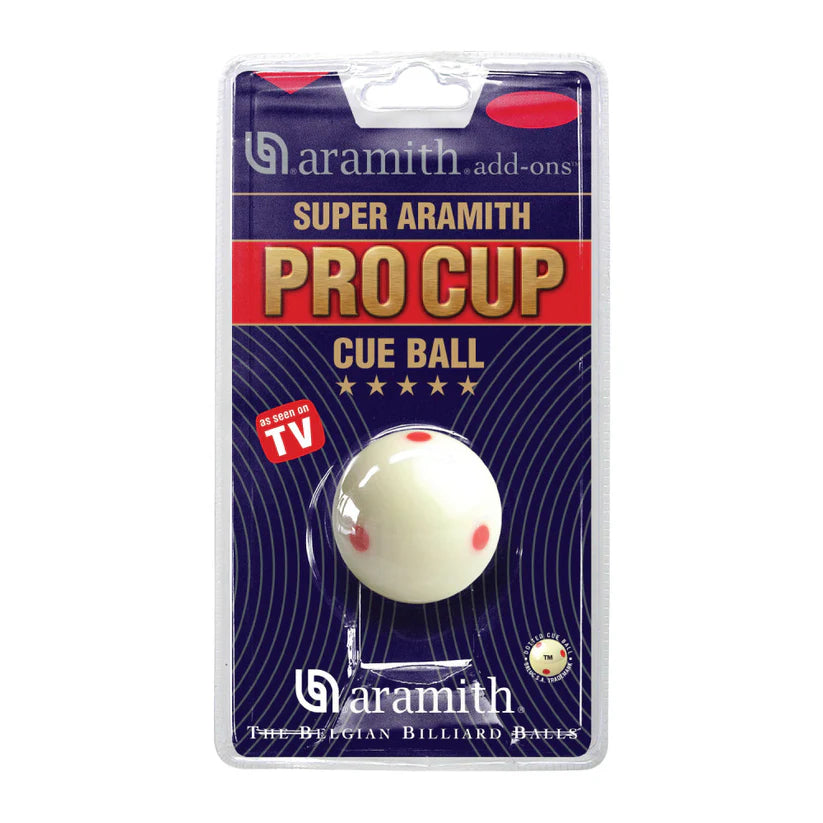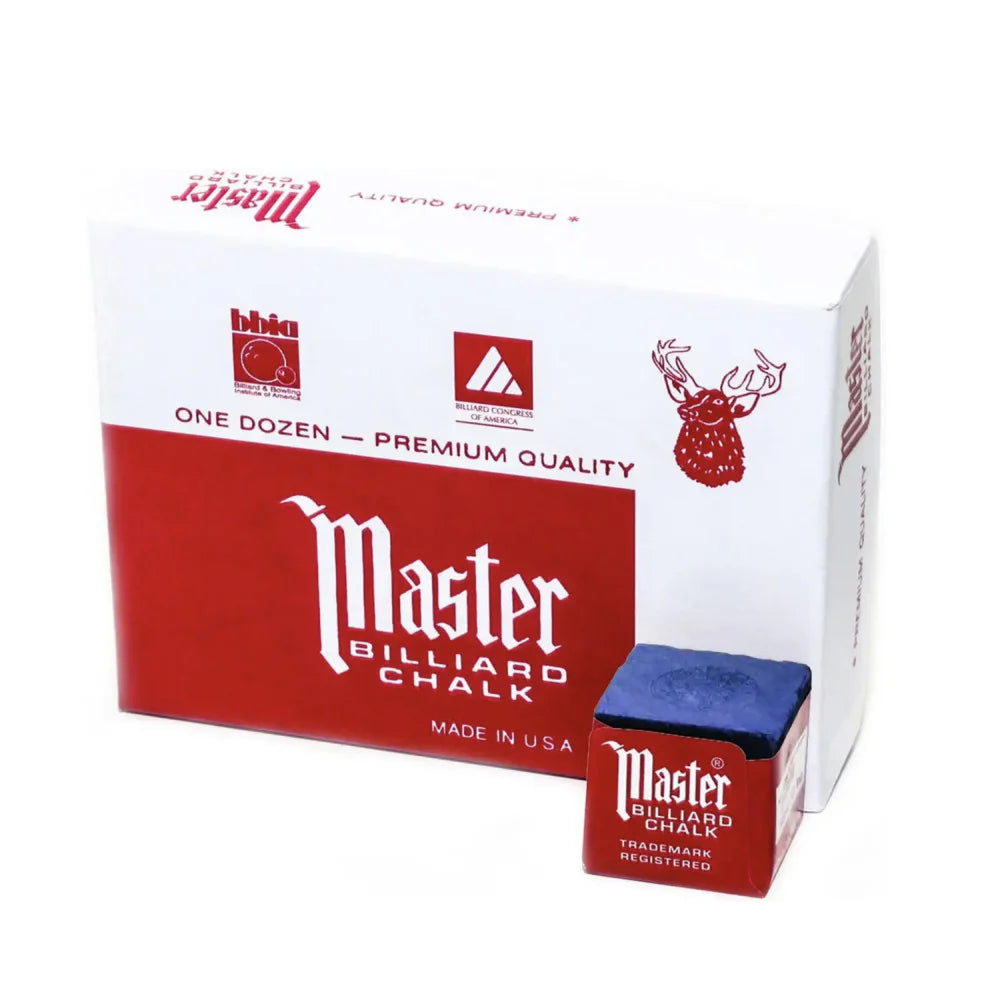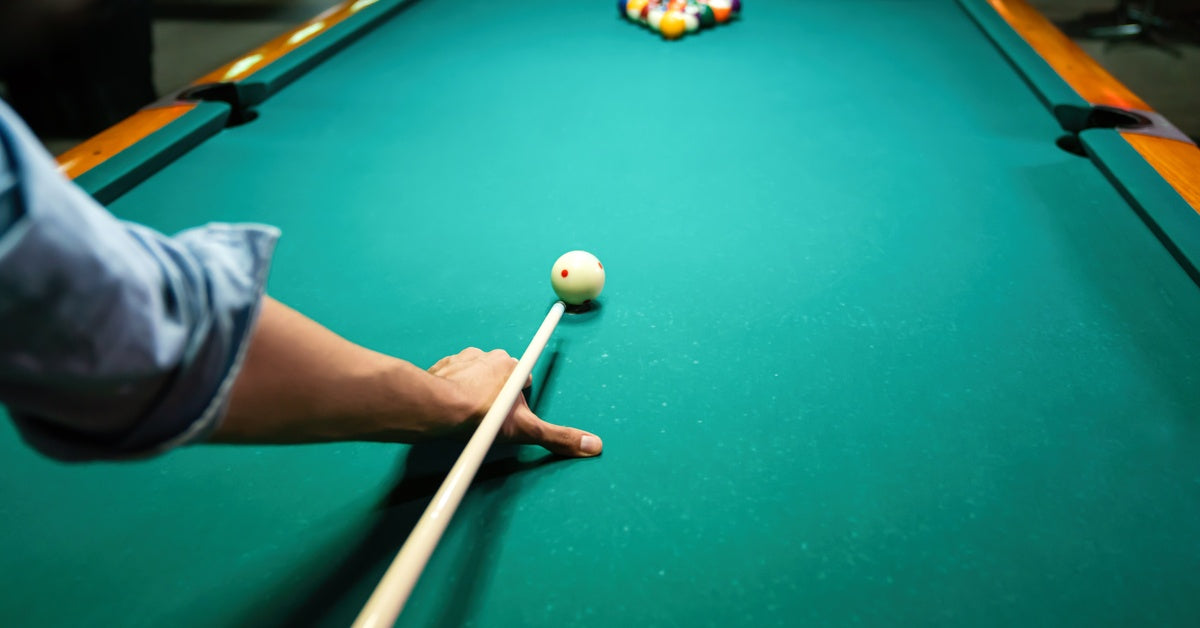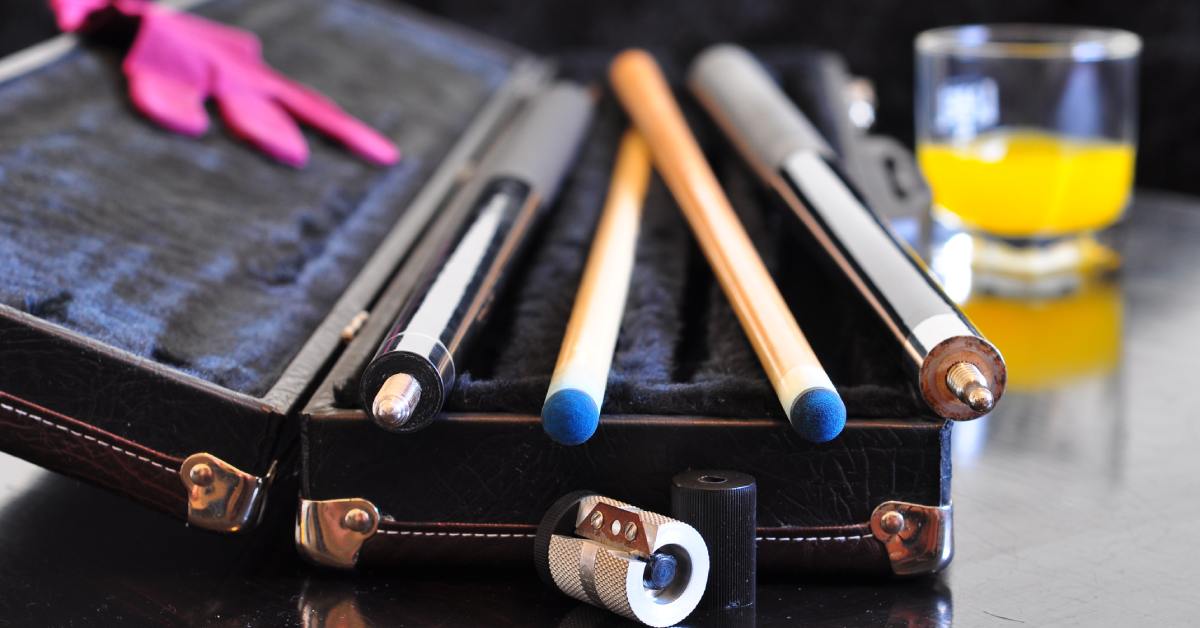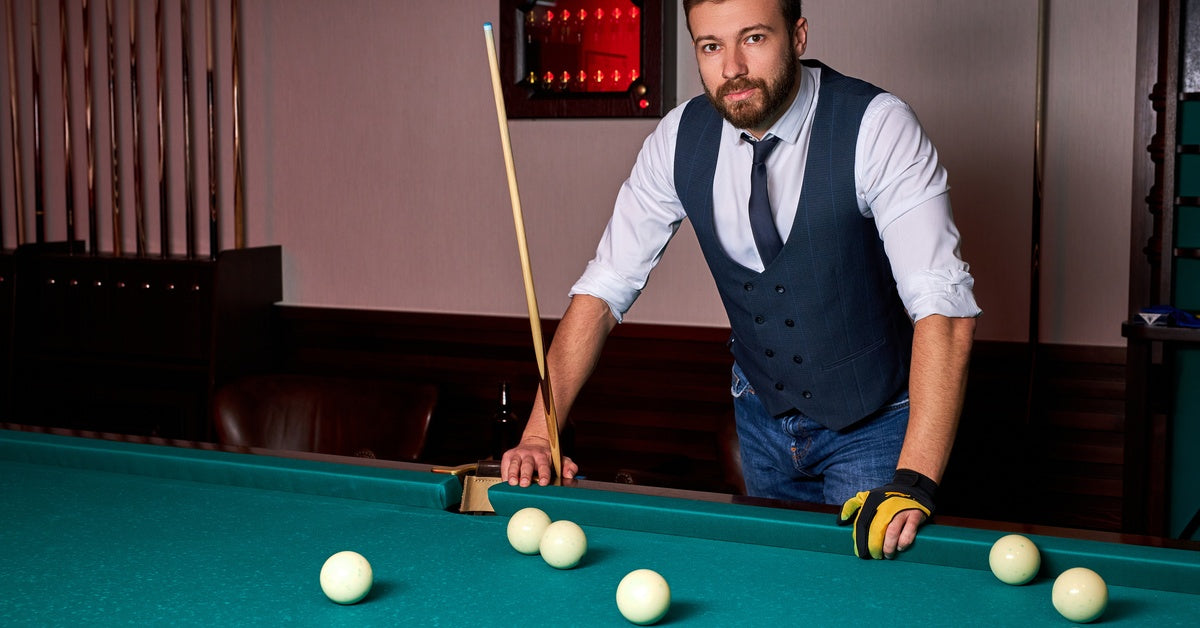Carbon fiber pool cues have revolutionized the billiards world, offering players cutting-edge technology that promises enhanced performance and durability. These high-tech alternatives to traditional wood cues utilize advanced materials originally developed for aerospace and automotive industries, bringing space-age engineering directly to your local pool hall.
Understanding whether a carbon fiber cue suits your playing style requires examining both the remarkable advantages and potential drawbacks these innovative tools present. Depending on your play style, this could either be just the answer you’re looking for or something that’s best to avoid.
Understanding Carbon Fiber Construction
In order to best understand the pros and cons, you must first familiarize yourself with what sets carbon fiber cues apart. The manufacturing of these cues differs greatly from traditional wooden options. Most notably, creating these cues involves layering carbon fiber fabric and bonding it with high-strength resins under extreme pressure and heat. This process creates a shaft that combines exceptional strength with remarkable lightness, offering players a durable and easy-to-handle alternative to wood.
Another key advantage of carbon fiber is the manufacturing precision it allows. The engineering of each shaft centers around consistent spine alignment and uniform flex characteristics along its entire length, delivering precise and predictable performance. Unlike wooden cues, which vary due to natural variations in grain density, moisture content, and environmental changes, carbon fiber offers unmatched stability and uniformity. These unique characteristics make these cues resistant to warping and wear over time.
Additionally, carbon fiber cue construction helps minimize deflection, providing players with advanced control and accuracy during play. This level of consistency and reliability makes them an increasingly popular choice for many players, offering a modern solution for enhancing your game and adapting to today’s evolving billiards technology.
Pros of Carbon Fiber Pool Cues

With such advanced engineering behind their design, it’s no surprise that carbon fiber cues offer a range of benefits that elevate the game experience. Let’s take a closer look at the features that make this cue type a go-to option for many players.
Enhanced Durability
Since carbon fiber cues resist warping, dents, and damage, they ensure more reliable performance across countless matches. These cues can withstand impacts that could eventually damage or destroy traditional wooden shafts. That’s why many players choose to use them specifically for the aggressive break shot.
The material’s exceptional resistance to temperature and humidity changes means your cue maintains its straightness and performance characteristics regardless of environmental conditions. This robust construction makes them ideal for frequent travel, tournament play, or high-volume practice sessions where durability becomes paramount.
Consistent Performance
The uniform construction of carbon fiber eliminates the natural variations found in many wood cues, helping them achieve the shot-to-shot consistency that serious players demand. Every stroke feels identical, allowing you to develop muscle memory and confidence in your technique without compensating for shaft irregularities.
This consistency extends to the cue’s flex characteristics and hit quality. While wooden cues may develop dead spots or inconsistent responses over time, carbon fiber maintains its performance properties throughout its lifespan, providing reliable feedback that helps improve your game.
Low Deflection Technology
Carbon fiber’s lightweight properties and precise engineering significantly reduce cue ball deflection, particularly on off-center shots. This technology allows for more accurate aim, especially when applying English or executing complex position play. The reduced mass at the tip end of the shaft means less unwanted cue ball movement, translating to improved accuracy on draw shots, follow shots, and side spin applications.
Advanced players particularly appreciate how low deflection technology simplifies aiming calculations. This allows them to focus more on shot execution and less on compensating for deflection variables.
Cons of Carbon Fiber Pool Cues
However, while carbon fiber pool cues offer numerous advantages, they aren’t without their drawbacks. That’s why it’s crucial to consider both when deciding if this advanced technology is the right fit for your playing style and preferences. So let’s take some time to fully understand the potential downsides of these cues.
Higher Cost
Premium carbon fiber cues command significantly higher prices than comparable wooden alternatives, often ranging from several hundred to over a thousand dollars. This investment may not suit casual players or those just beginning their billiards journey.
The advanced manufacturing processes and specialized materials justify the cost for serious competitors, but recreational players might find better value in traditional options. Budget-conscious players should weigh the performance benefits against their playing frequency and skill development goals before committing to this investment.
Different Feel
The unique vibration characteristics and feedback of carbon fiber create a distinctly different playing experience compared to traditional wood cues. Some players describe the feel as “dead” or lacking the natural resonance they’ve grown accustomed to with wooden shafts.
This adjustment period varies among players, with some adapting quickly while others struggle to develop comfort with the different tactile response. The change in feel affects not just comfort but also the subtle feedback cues that experienced players rely on to gauge shot quality and ball contact.
Limited Customization Options
Unlike wooden cues that are simple to modify, refinish, or repair by most cue makers, carbon fiber presents significant limitations for customization. The material’s construction makes it difficult to alter weight distribution, adjust flex characteristics, or perform repairs using traditional techniques.
Players who enjoy personalizing their equipment or working with local cue makers to fine-tune performance may find carbon fiber’s inflexibility frustrating. Additionally, tip replacement and ferrule work may require specialized knowledge and tools not commonly available to everyone.
Who Should Consider a Carbon Fiber Cue?

Now that you know what to expect, you might be wondering if carbon fiber cues are right for you. Generally speaking, tournament competitors who travel frequently benefit the most from the enhanced durability and climate resistance these cues provide. The consistent performance characteristics particularly suit players working to refine their technique, as the uniform response helps identify and correct stroke flaws.
Serious league players and those practicing several hours weekly will also appreciate the long-term reliability and reduced maintenance requirements. However, casual players or those attached to traditional wooden cue characteristics might find better satisfaction with conventional options that offer greater customization possibilities at lower price points.
Either way, players considering the switch should test various carbon fiber models to determine comfort level with the different feel and response before making this investment in their equipment arsenal. A great way to do this is by incorporating a carbon fiber break cue into your arsenal. This is what these cues are best at, after all.
Plus, it’ll give you a chance to see how you feel about carbon fiber without committing to it as your main cue. If you end up liking it, you could then look into eventually replacing your wooden cue with a carbon fiber one.

